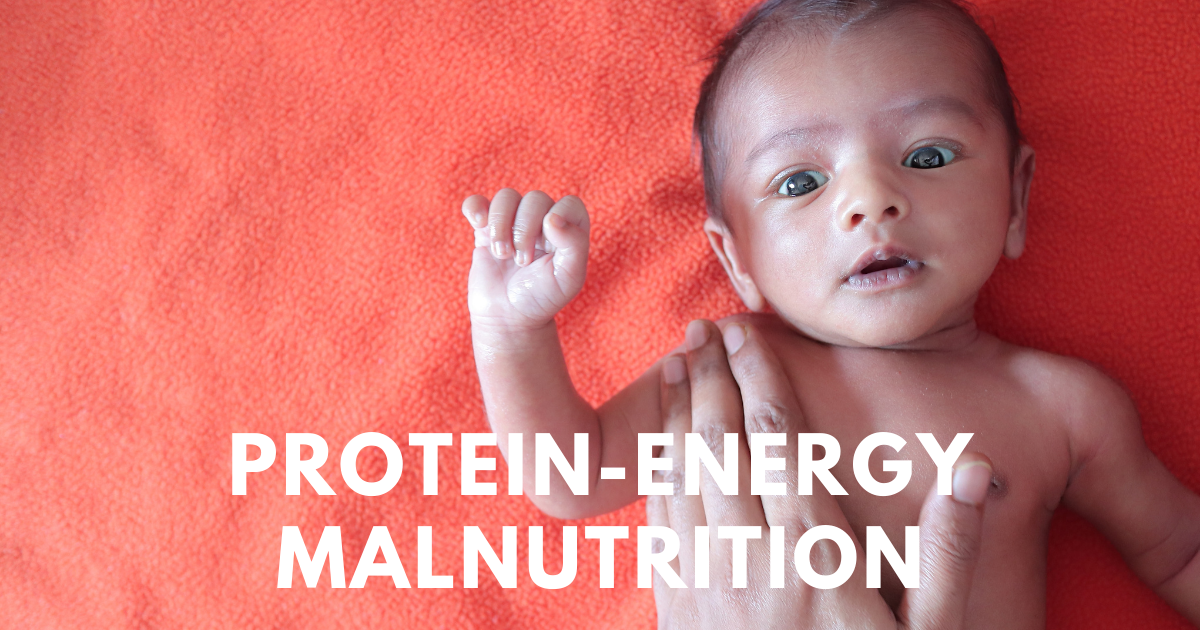Are you looking to improve your fitness and overall health? If so, incorporating strength training into your workout routine might be just what you need.
I. Introduction
Strength training is a type of physical exercise that involves resistance or weight training designed to increase muscle strength, size, and endurance. It is often associated with bodybuilding and competitive weightlifting, but it has numerous benefits for anyone looking to improve their overall health and fitness. In this blog post, we will cover the basics of strength training, including its benefits, how it affects metabolism and muscle building, and the different types of strength training exercises that beginners can incorporate into their workout routine.
Strength training is an effective way to improve metabolic rate, burn more calories, and build muscle mass. It is also an excellent way to enhance your energy levels and reduce the risk of chronic diseases such as diabetes, heart disease, and osteoporosis. Whether you are a beginner or an experienced athlete, incorporating strength training into your workout routine can help you achieve your fitness goals more efficiently.
This blog post will provide you with valuable information on the benefits of strength training for metabolism and muscle building. Additionally, we will provide five beginner-friendly workouts to get you started on your strength training journey. We will also discuss the recommended reps and sets for strength training, different types of strength training exercises for better metabolism and muscle building, and how to allocate your strength training time for quicker results.
So, if you’re ready to improve your overall fitness and health, let’s get started with Strength Training 101: Building Muscle and Boosting Metabolism.
II. Benefits of Strength Training
Strength training is an excellent way to improve your overall health and fitness. Here are some of the benefits of incorporating strength training into your workout routine:
- Improved Metabolism: Strength training can help improve your metabolism by increasing your muscle mass. The more muscle you have, the more calories your body burns at rest. This means that even when you’re not exercising, you’re still burning calories.
- Increased Muscle Mass: Strength training is the most effective way to build muscle mass. By lifting weights, you can stimulate muscle growth and increase the size and strength of your muscles. This can help improve your overall physical performance and make everyday tasks easier to accomplish.
- Boosted Energy Levels: Strength training can help improve your energy levels by increasing the production of endorphins. Endorphins are hormones that are responsible for feelings of happiness and well-being. By lifting weights, you can trigger the release of endorphins, which can help boost your energy levels and improve your mood.
- Reduced Risk of Chronic Diseases: Strength training can help reduce the risk of chronic diseases such as diabetes, heart disease, and osteoporosis. By building muscle mass, you can improve your insulin sensitivity and lower your risk of developing type 2 diabetes. Additionally, strength training can help improve your bone density, which can help reduce your risk of developing osteoporosis.
Overall, incorporating strength training into your workout routine can have numerous benefits for your health and well-being. Whether you’re looking to improve your metabolism, build muscle mass, boost your energy levels, or reduce your risk of chronic diseases, strength training is an excellent way to achieve your fitness goals.
III. How Strength Training Affects Metabolism and Muscle Building
Strength training is an effective way to improve both metabolism and muscle building. Here’s how it works:
- Metabolism: When you lift weights or do resistance training, your body burns calories during and after your workout. This is because your body needs energy to repair the muscle tissue that was broken down during your workout. This process is known as the afterburn effect, and it can help increase your metabolism and calorie burn for up to 72 hours after your workout.
Additionally, as you build more muscle mass through strength training, your body requires more energy to maintain that muscle. This means that your body will burn more calories at rest, even when you’re not exercising.
- Muscle Building: Strength training is the most effective way to build muscle mass. When you lift weights, you create small tears in your muscle fibers. Your body then repairs these tears, making your muscles stronger and larger. Over time, this process can help you build more muscle mass and increase your overall strength.
To optimize muscle building, it’s important to challenge your muscles with enough weight and volume. This means lifting weights that are heavy enough to cause muscle fatigue and performing enough sets and reps to stimulate muscle growth.
Overall, strength training can help improve both metabolism and muscle building. By incorporating resistance training into your workout routine, you can increase your calorie burn, build more muscle mass, and improve your overall physical performance.
IV. Strength Training Workouts for Beginners
If you’re new to strength training, it can be overwhelming to know where to start. Here are five strength training workouts for beginners to help you get started:
Bodyweight Squats: Bodyweight squats are a great exercise for beginners as they target the lower body and don’t require any equipment. To perform a bodyweight squat, stand with your feet hip-width apart, lower down into a squat position, and then stand back up. Aim for three sets of 10-12 reps.
Push-ups: Push-ups are a classic exercise that targets the chest, triceps, and shoulders. To perform a push-up, start in a plank position, lower your body down towards the ground, and then push back up. If traditional push-ups are too challenging, you can modify the exercise by performing them on your knees. Aim for three sets of 10-12 reps.
Dumbbell Rows: Dumbbell rows are a great exercise for targeting the back muscles. To perform a dumbbell row, hold a dumbbell in one hand, hinge forward at the hips, and then pull the weight towards your chest. Lower the weight back down and then repeat on the other side. Aim for three sets of 10-12 reps on each side.
Dumbbell Shoulder Press: Dumbbell shoulder press is an excellent exercise for targeting the shoulder muscles. To perform a dumbbell shoulder press, hold a dumbbell in each hand, raise your arms to shoulder height, and then press the weights overhead. Lower the weights back down and then repeat. Aim for three sets of 10-12 reps.
Plank: Plank is a great exercise for strengthening the core muscles. To perform a plank, start in a push-up position, lower down onto your forearms, and hold your body in a straight line. Aim to hold the plank for 30-60 seconds, and repeat for three sets.
As a beginner, it’s important to focus on proper form and technique rather than lifting heavy weights. Start with lighter weights or just your bodyweight and gradually increase the weight as you get stronger and more comfortable with the exercises.
By incorporating these five strength training workouts for beginners into your routine, you can build a solid foundation and start seeing results in no time.
V. Reps and Sets for Strength Training
When it comes to strength training, reps and sets are two important variables that can help you achieve your fitness goals. Here’s what you need to know about reps and sets for strength training:
- Reps: Reps, or repetitions, refer to the number of times you perform an exercise in a single set. For example, if you perform 10 bicep curls in a row before resting, you’ve completed 10 reps. The number of reps you perform can impact the results you see from your workout.
- To build strength: Aim for 1-5 reps per set, lifting heavier weights to challenge your muscles.
- To build muscle: Aim for 6-12 reps per set, lifting weights that cause muscle fatigue by the end of each set.
- To improve endurance: Aim for 15-20 reps per set, lifting lighter weights and focusing on maintaining proper form and technique throughout each rep.
- Sets: Sets refer to the number of times you repeat a specific number of reps for a particular exercise. For example, if you perform 10 bicep curls, rest for 30 seconds, and then repeat the 10 reps, you’ve completed one set. The number of sets you perform can also impact your workout results.
- To build strength and power: Aim for 1-5 sets, lifting heavier weights and allowing for longer rest periods between sets.
- To build muscle: Aim for 3-5 sets, lifting weights that cause muscle fatigue and taking shorter rest periods between sets.
- To improve endurance: Aim for 2-3 sets, lifting lighter weights and focusing on maintaining proper form and technique throughout each set.
Remember, the number of reps and sets you perform will depend on your fitness goals and experience level. As you become more experienced, you can increase the weight you lift and the number of reps and sets you perform to continue challenging your muscles and seeing results.
Overall, reps and sets are an important part of any strength training routine. By understanding how to use reps and sets effectively, you can tailor your workouts to meet your specific fitness goals and achieve the results you’re looking for.
VI. Different Types of Strength Training for Better Metabolism
Strength training is a great way to boost your metabolism, as it helps you build lean muscle mass and increase your overall calorie burn. Here are some different types of strength training you can incorporate into your workouts to improve your metabolism:
- Circuit Training: Circuit training involves performing a series of strength exercises with little to no rest in between. This type of training can help increase your heart rate and keep your metabolism elevated throughout your workout and even after you’re finished.
- HIIT Training: HIIT, or high-intensity interval training, involves performing short bursts of high-intensity exercise followed by periods of rest or lower-intensity exercise. HIIT workouts can help boost your metabolism by increasing your heart rate and calorie burn during and after your workout.
- Compound Exercises: Compound exercises work multiple muscle groups at once, such as squats, lunges, and push-ups. These exercises can help you build lean muscle mass and increase your metabolism by working larger muscle groups.
- Plyometric Training: Plyometric training involves explosive movements, such as jump squats or box jumps. This type of training can help increase your overall calorie burn and improve your metabolism by increasing your heart rate and challenging your muscles in a different way.
- Strength Endurance Training: Strength endurance training involves performing exercises with lighter weights and higher reps. This type of training can help increase your endurance and overall calorie burn, as well as improve your metabolism by increasing your muscle mass.
Incorporating different types of strength training into your workout routine can help improve your metabolism and overall fitness level. Remember to vary your workouts and challenge your muscles in new ways to continue seeing results.
VII. Different Types of Strength Training for Muscle Building
Strength training is an effective way to build muscle mass and increase your overall strength. Here are some different types of strength training you can incorporate into your workouts to help build muscle:
- Progressive Overload Training: This type of training involves gradually increasing the weight you lift over time. By gradually increasing the weight, you can challenge your muscles and encourage growth and development.
- Isometric Training: Isometric training involves holding a static position, such as a plank or wall sit, for a set period of time. This type of training can help build endurance and strength in your muscles.
- Eccentric Training: Eccentric training involves focusing on the lowering or lengthening phase of an exercise, rather than the lifting or shortening phase. This type of training can help build muscle by placing more stress on your muscles during the eccentric phase.
- Drop Sets: Drop sets involve performing an exercise with a heavy weight, then immediately dropping the weight and performing the exercise again with a lighter weight. This type of training can help build muscle by challenging your muscles with different weights and levels of resistance.
- Supersets: Supersets involve performing two exercises back-to-back without resting in between. This type of training can help build muscle by increasing the overall workload on your muscles and encouraging growth and development.
Incorporating different types of strength training into your workout routine can help build muscle mass and increase your overall strength. Remember to vary your workouts and challenge your muscles in new ways to continue seeing results.
VIII. Strength Training Time Allocation for Quicker Results
When it comes to strength training, time allocation is key to seeing results. Here are some guidelines to follow for optimal time allocation in your strength training workouts:
- Frequency: Aim to strength train at least 2-3 times per week. This frequency allows your muscles enough time to recover between workouts while still challenging them enough to promote growth and development.
- Duration: Your strength training workouts should last anywhere from 30-60 minutes, depending on your fitness level and the intensity of your workout. Keep in mind that longer workouts don’t necessarily mean better results, as overtraining can actually hinder progress.
- Rest Periods: Rest periods between sets should be 30-90 seconds, depending on the intensity of your workout and your fitness level. Resting too little or too much can affect the effectiveness of your workout.
- Intensity: Aim to perform strength exercises at a moderate to high intensity, meaning you should be challenging your muscles enough to cause fatigue and promote growth. This can be achieved through increasing weight, reps, or sets over time.
- Consistency: Consistency is key to seeing results in strength training. Stick to a regular workout schedule and aim to progressively overload your muscles over time to see improvements in strength and muscle mass.
By following these guidelines for strength training time allocation, you can ensure that your workouts are effective and efficient in promoting muscle growth and strength gains. Remember to listen to your body and adjust your workout as needed to prevent injury and promote recovery.
IX. Conclusion
Strength training is a highly beneficial form of exercise that can help build muscle mass, increase metabolism, and improve overall health and fitness. By incorporating different types of strength training exercises into your workout routine and following proper time allocation guidelines, you can see quick and effective results.
Recap of the Benefits of Strength Training:
- Increased muscle mass and strength
- Improved metabolism and fat burning
- Reduced risk of injury and improved bone density
- Improved overall health and fitness
Encouragement to Start Strength Training:
Whether you’re a beginner or an experienced gym-goer, strength training can benefit anyone looking to improve their fitness and achieve their health goals. Don’t be afraid to start small and gradually work your way up to more challenging exercises and heavier weights. With consistency and dedication, you can see significant improvements in your strength, muscle mass, and overall health.
So, what are you waiting for? Start incorporating strength training into your workout routine today and see the many benefits it can bring to your life.











